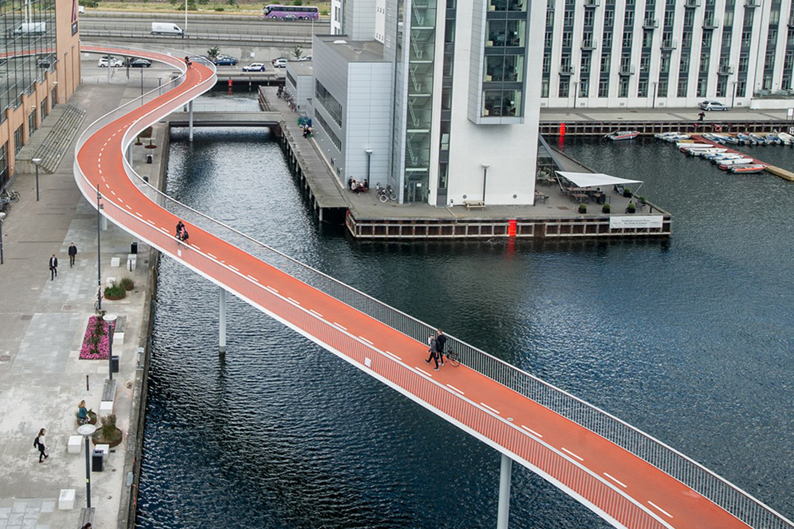
Composite Advantage has introduced a new wear surface option for its FiberSPAN pedestrian bridge deck and rail platform products. After evaluation and testing, the company selected its Matacryl system which combines quartz aggregate in a methyl methacrylate polymer for greater durability, less roughness and higher elongation than conventional non-slip wear surfaces. The product is similar to the polymer concrete surfaces used on vehicle bridges.
‘FRP decking is continuing to gain ground in pedestrian bridge and rail platform projects, especially in larger cities where these types of structures endure the wear and tear of daily foot traffic and seasonal activity like snow removal,’ said Scott Reeve, president of Composite Advantage. ‘The demanding requirements of these rugged environments prompted adaptation of Matacryl to these types of applications.’
Matacryl has been used in Europe, but was just recently introduced to North America. Its quarter inch. wear surface has been UL tested for fire resistance. High elongation (greater than 100%) allows the surface to withstand high impact at cold temperatures. Matacryl comes in a variety of colors and is reportedly immune to UV radiation and fading.
This story is adapted from material from Composite Advantage, with editorial changes made by Materials Today. The views expressed in this article do not necessarily represent those of Elsevier.






